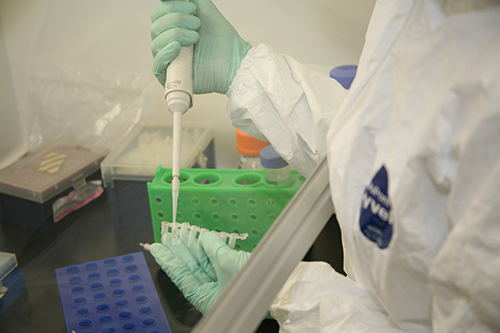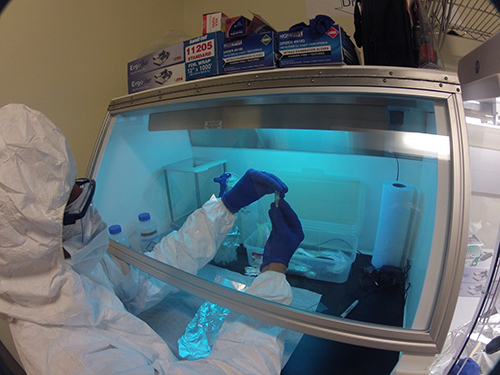Wildlife Evolution and Behavior (WEB)


The Wildlife Evolution and Behavior’s state-of-the-art Ancient DNA Laboratory expands our ability to investigate the population biology, genetic diversity, and species composition of past ecosystems.

Our flagship project focused on the extinct Steller sea cow, a giant sirenian that plied the frigid waters of the Commander Islands to the west of the Aleutian chain in the North Pacific Ocean. Discovered in 1742 by Vitus Bering’s expedition, the gentle leviathans were hunted to extinction within a few decades. We collaborated with Russian colleague Dr. Alexander Burdin to investigate the ecology and behavior of Steller sea cows, including looking for clues in the DNA that may explain why the population was so small and its range was so restricted.

A recent project involved working with beluga bones from locations in Alaska where these whales once lived in large numbers and are now rarely seen. We used ancient DNA methods to see if the genetic signal from these two time periods can shed light on what happened: is the original population extinct or are the whales we see today a signal of that original population?